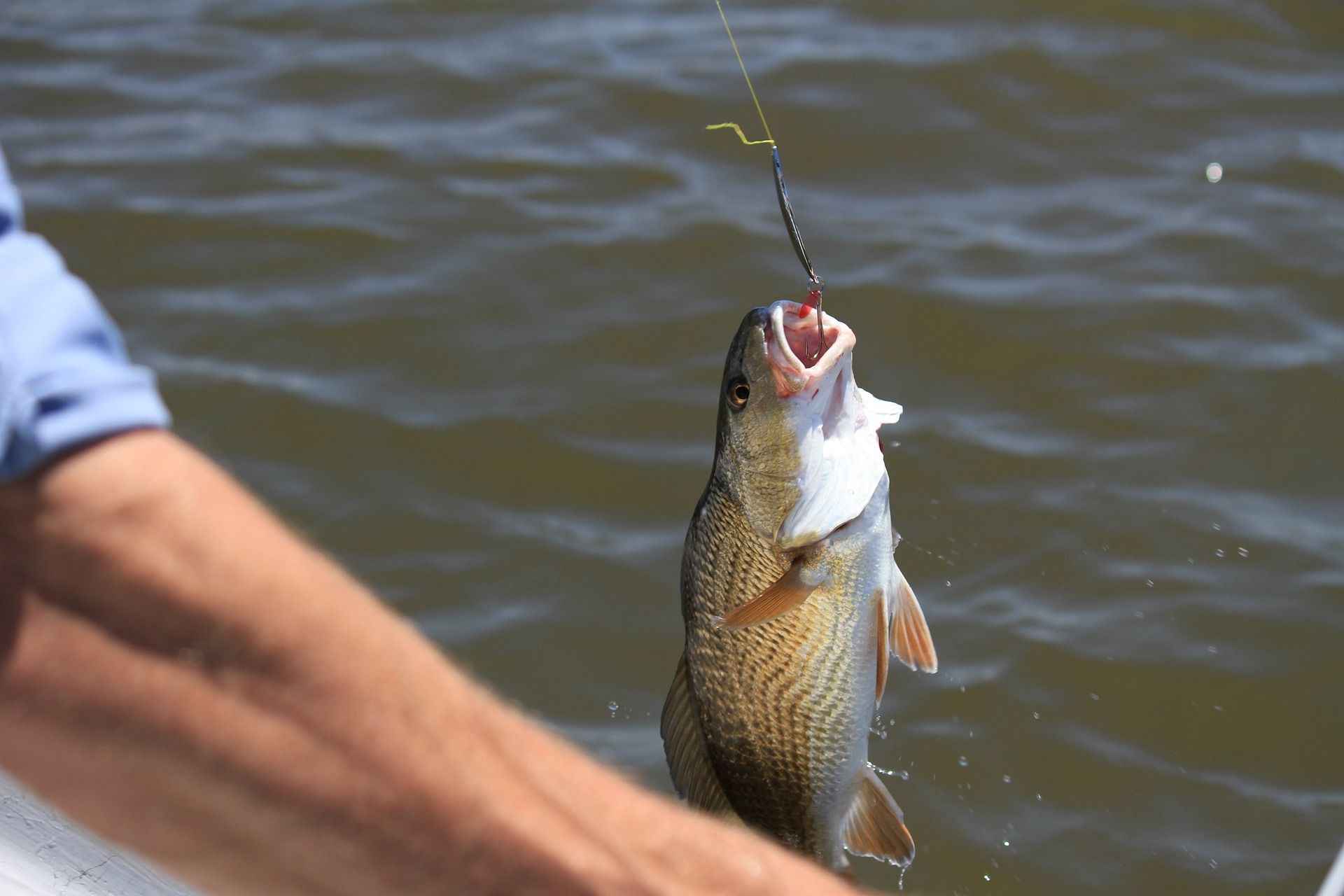February 11, 2021
Light Tackle

Fishing tackle is a broad term which covers a variety of equipment (including spears, rods, sinkers, baits, reels and what not) used by anglers when they step out in the water to experience fishing. And when these anglers voluntarily opt to use fishing tackle that gives their target prey more chance to protest and run while making the overall event more challenging, the kind of technique then used is called ‘light tackle fishing’ or ‘reef fishing’.

And besides the element of challenge that comes along with light tackle, another reason for implementing it in relatively clear water sources is the fact that it increases the chances of success due to the use of minimalistic gear (i.e. a fishing line that is fine enough to be transparent, lightweight baits, compact reels and etc). Kingfish, Redfish, Sailfish, Bass Dolphin, and Wahoo are some of the popularly sought fish for light tackle anglers.
What to Expect When Light Tackle Fishing
Since light tackling demands the use of equipment usually used for catching smaller and less strong fish than the ones that are a hard catch, evidently the main focus is upon the anglers angling skills. So, that pretty much clears how beginners should not expect to try this until they hone their basic fishing skills. Having mentioned that, it doesn’t mean that this technique doesn’t involve the use of high end equipment. Although the weight of the total gear may not be proportional to that of the target, however, it is durable enough to work as well.
Just as books alone cannot suffice learning, but through a teacher, the likelihood for you to master this technique without learning it under a teacher’s exposure is limited. So, if you expect to enjoy light tackle one day with things under control, do try to seek professional assistance. In that case, your best choice would be to go for a fishing charter trip. Such services cover the shortest possible distance to reach popular sites closer to reefs and such underwater structures giving an ideal habitat to the target prey.
Fun fact: Finer fishing lines as in case of light tackle, seldom get dragged through currents, hence can efficiently catch more fish than commonly used tackle.
Tips for light tackle fishing
- Choose hooks, fishing leaders, and the bait in consistency with the strength of the fishing line used.
- Keep extra reserves of fishing line. After a challenging encounter with a big fish, your line does go through tension that could have caused it harm not visible to the naked eye. So, it’s always best to remove a worn out fishing line and attach another one that’s fresh.
- Since the fishing lines used for such a technique are usually fine in nature, they are prone to get damage through heat and sunlight exposure. So, even after their purchase, store them at a safe place at home. And when brought along on a boat, cover them with towels, and the like.
- Secure an elevated position or raise the tip of your rod to avoid letting your prey drag your line through underwater hindrances.


